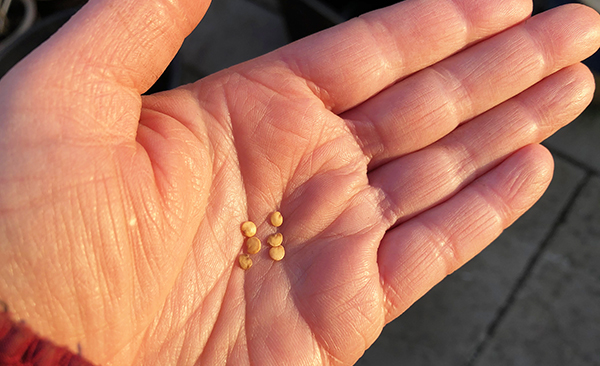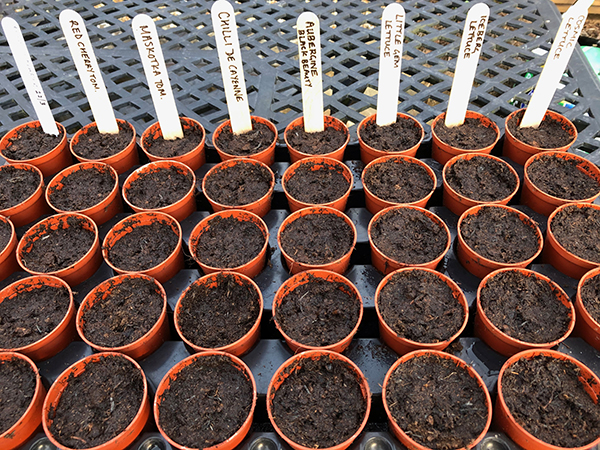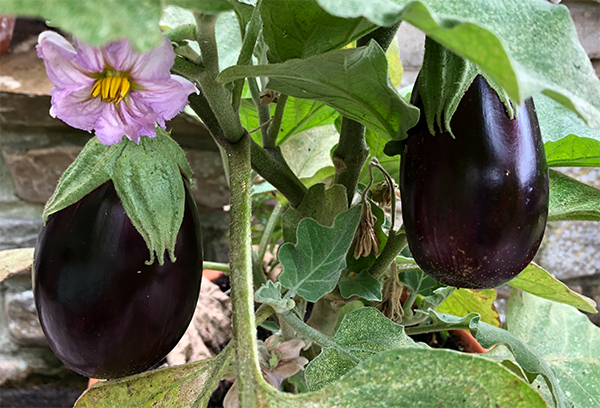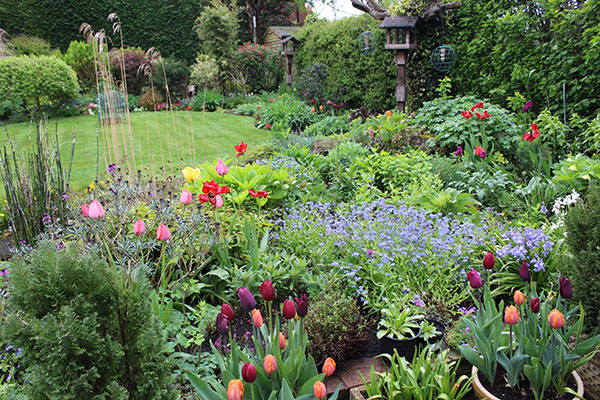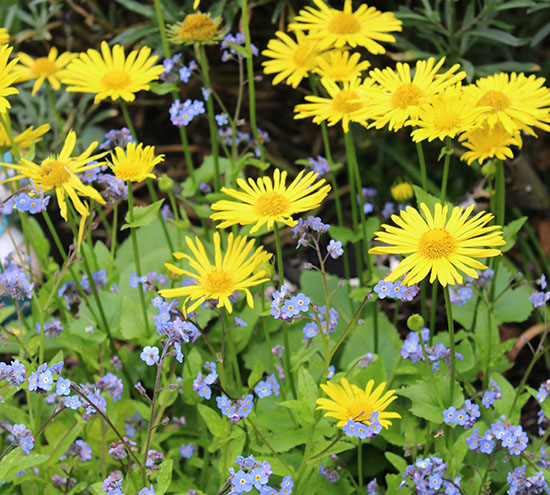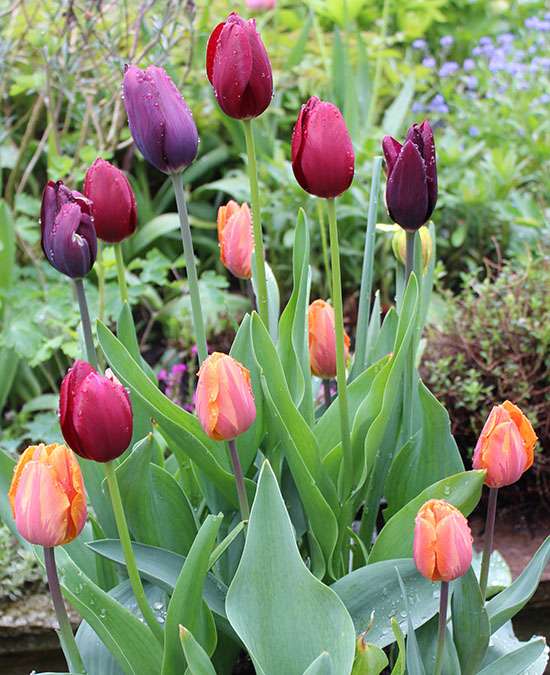The weather in the UK is always unpredictable – that’s why talking about it is a national pastime – but this year it has given us gardeners a rollercoaster of issues to contend with. My village in the South of England made the news twice in 2022 with some of the driest and wettest days on record.
January
It started with the warmest New Year’s Day since records began, with warm air from the Azores raising temperatures to a high of 16.3oC in central London. It was also the sunniest January on record in England, with the Met Office recording 80.7 hours of sunshine.
As we all (should) know by now, this general increase in temperature is concerning, but on the plus side it meant that my snowdrops, aconites and crocuses were all in bloom by the end of the month.


February
February was mild too, but brought a cluster of three named storms – Dudley, Eunice and Franklin – which wreaked havoc across the UK. Storm Eunice had the biggest impact in the south of England, bringing down trees, greenhouses and fences, and leaving lots of homes without power.
It brought down part of the conifer hedge that runs the length of my garden, as well as most of the mistletoe in the local cemetery. A lot of the lovely cherry blossom that had started to emerge didn’t hang around for long either, unable to to withstand the gusty weather.


March
In early March, landmarks across the world were illuminated in yellow and blue to reflect our solidarity with the people of Ukraine who were, and still are, in an unimaginable situation. Ablaze with daffodils and irises, the garden seemed to echo this sentiment.


After all the wind and rain, I managed to start a Spring tidy up, revealing a colourful collection of hellebores.

April
The borders slowly started to take shape this month, but it was an ongoing battle between me and the weeds, particularly with ground elder. I will keep digging it out, and eventually I will be victorious!

By the end of the month, the garden was looking pretty good, with tulips taking centre stage.


May
First broods of robins and blue tits both fledged successfully this month, we started to see evidence of hedgehogs, and we were visited by a host of butterflies and bees enjoying the pollinator-friendly planting.

I continued to do battle with the weeds though.

The sowing and growing continued.

Meanwhile, the shrubbery at the bottom of the garden started to get leafy and lush (there’s a husband in there somewhere!).

June
I managed to get most of the plants that I had grown from seed, plug plants or cuttings planted out this month.
With longer days and warmer evenings we started to sit outside later into the evening, enjoying some al fresco meals, so I gave the ‘dining area’ a bit of a makeover, and added some new lights.



It was a month of celebration, with an extra bank holiday and street parties to celebrate the Queen’s Platinum Jubilee.
July
The warm dry spell became a hot dry spell, and we were soon making headlines as the driest village in Britain, with no rainfall at all in July.

The garden was at its flowering peak, and watering became a full-time occupation.

August
As temperatures continued to soar, parts of southern, central and Eastern England officially moved to drought status, and hosepipe bans were introduced in some regions. The watering marathon continued.
On the up side, I started to harvest my tomatoes 4–6 weeks earlier than usual, and began enjoying meals of home-grown deliciousness.

There were also plenty of early, albeit smaller than usual, blackberries to forage in the hedgerows.

September
This month was a sombre one, with the passing of Her Majesty Queen Elizabeth II. A constant in so many of our lives, it hit a lot of us harder than we thought it would, and the nation went into an extended period of respectful mourning.
Life in the garden went on though, with some of my favourite plants starting to go to seed, ready for collection.


October
The hot dry weather had taken its toll on some of the shrubs and hedges. We’d been talking about it all year, and finally decided to remove the stressed and straggly conifer hedge bordering our neighbours’ garden, leaving us with some exciting planning for that area in 2023.

I harvested the last of the summer vegetables (peppers, chillis and aubergines), and picked the last of the tomatoes – red and green – to make chutneys and soups.

And the first frost arrived.

November
In November, we made the news again; this time, as the wettest village in Britain with the most rainfall in England falling in one night.

With some decent rainfall, many of the perennials that had struggled during the hot summer had a second flush of flowers.


But the lawn and borders soon became sodden, and mushrooms flourished.

December
December ended a long run of above-average temperatures, with a prolonged period of freezing conditions.

Even the cobwebs froze and, on several days, we experienced a beautiful hoar frost (crystalline deposits of water vapour).


The Met Office has confirmed that 2022 has been the warmest year in the UK since records began, with every month except December being warmer than average. As gardeners we are the first to see how earlier springs, warmer summers and extreme weather events are affecting plants and wildlife, and there is no doubt that we will have to adapt how we garden in the future.
For now, let’s watch this space and keep talking about what we can each do at a garden level.
All that remains of 2022 is for me to wish you all a very Happy New Year!


